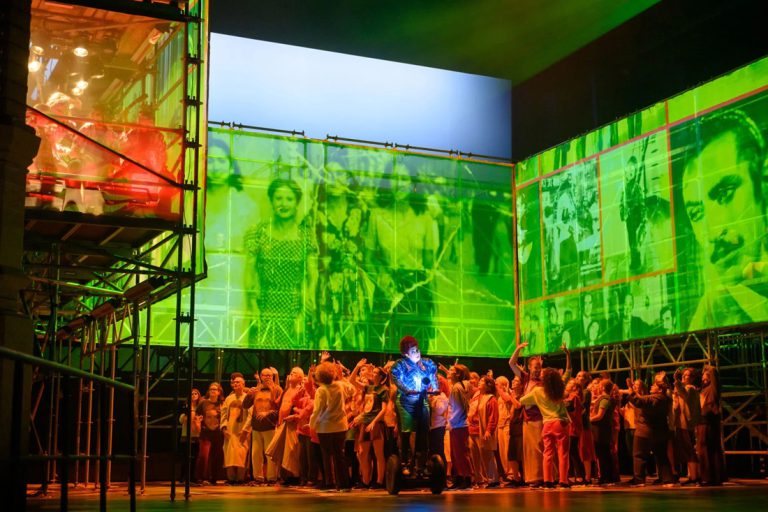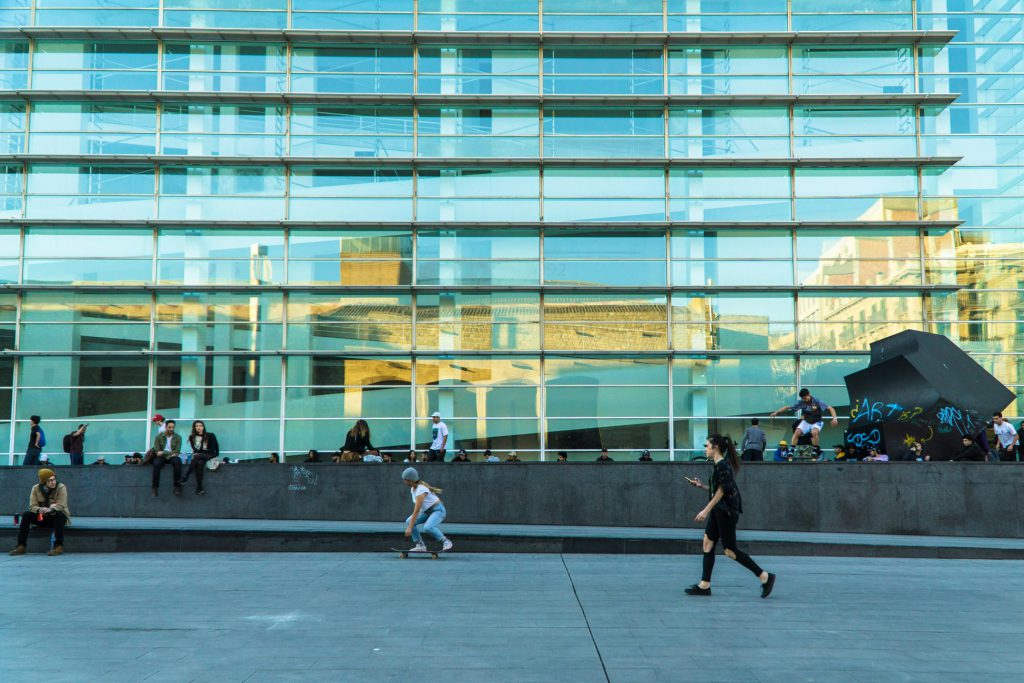La gata perduda: A community production by the gran Theatre del Liceu and Barcelona’s Raval neighbourhood
July 19, 2025 L’òpera amb què el Raval entra al Liceu
L’òpera amb què el Raval entra al LiceuAuthor: Nil Barutel Gaspar
We are living in a context where major public cultural institutions are setting goals that go beyond conventional artistic activities and productions, by creating new social programs or expanding existing ones. Between 2018 and 2023, the Gran Teatre del Liceu carried out La gata perduda, a community opera production aimed at strengthening the bond between the institution and the residents of the Raval, the Barcelona neighbourhood where it is located.
But how easy is this shift in practice? How do these new social goals align with institutions that strive for artistic excellence? And in terms of public value, what kinds of changes in perception might this bring about?
As part of the research underpinning the doctoral thesis of Nil Barutel Gaspar, supervised by Nicolás Barbieri (UOC) and Javier Arregui (UPF), an in-depth case study was conducted using both qualitative and quantitative methodologies.
First, we examine to what extent productions by major cultural institutions can truly be considered community productions, whether they realistically reach the populations they intend to engage, and what kind and degree of participation is achieved. To do this, we review the concepts of access and participation and construct a dedicated analytical framework.
In terms of findings, with regard to access, it can be said that the Liceu worked to address the underrepresentation of minority groups in institutions and productions funded with public money—although these efforts did have some limitations. As for participation, the community opera employed several strategies, such as participatory provision (crowdsourcing) and co-creation, among others.
Secondly, the research contributes to the academic literature by connecting the study of cultural institutions with public value, focusing on how cultural workers perceive these new social programmes. How do they understand the public value of their institution? To what extent do their personal values align with those of the institutions they work for?
In this case, the research confirms a gap between what workers would like to see and what is actually happening within the institution. Social programmes, therefore, can represent an opportunity for public institutions both to engage with the public and to reflect on their own public values. The question, however, is whether these opportunities are being used effectively.
Finally, we are currently working on the last dimension of the analysis, which looks at the external perspective on public value by evaluating the impact of these programmes on the community—particularly on participating organisations and local actors. We are specifically asking to what extent the perception of these community actors has changed. We are also interested in whether such productions have influenced other major cultural institutions to launch or expand their own community-based initiatives.
For more information:
Barutel-Gaspar, N., & Barbieri, N. (2024). Professional cultural institutions and the community? Lessons from the first community production of the Barcelona opera house. Cultural Trends, 1–20. https://doi.org/10.1080/09548963.2024.2425981

